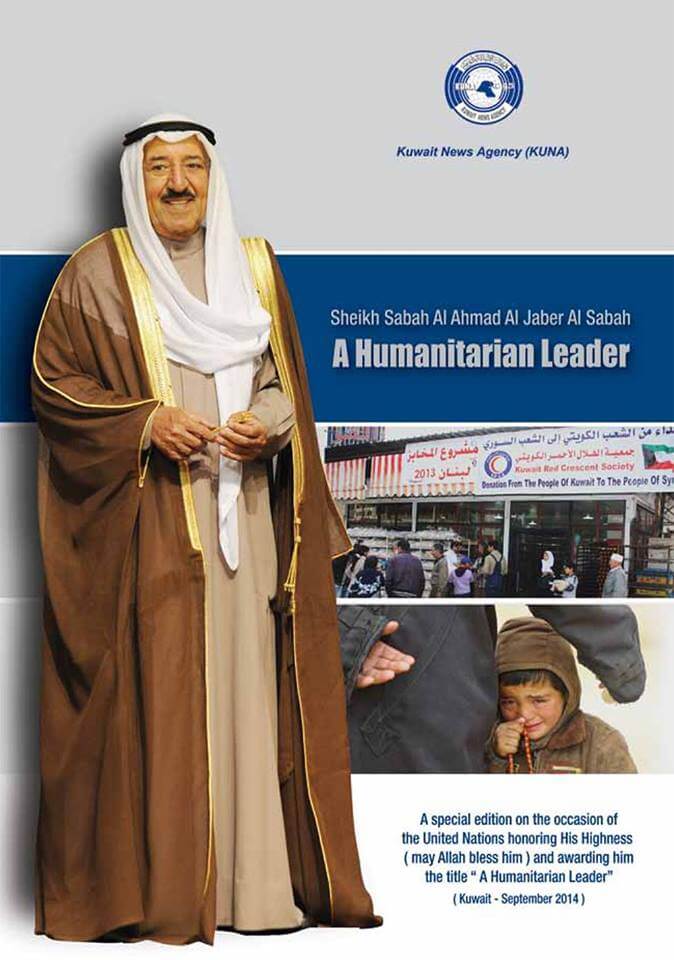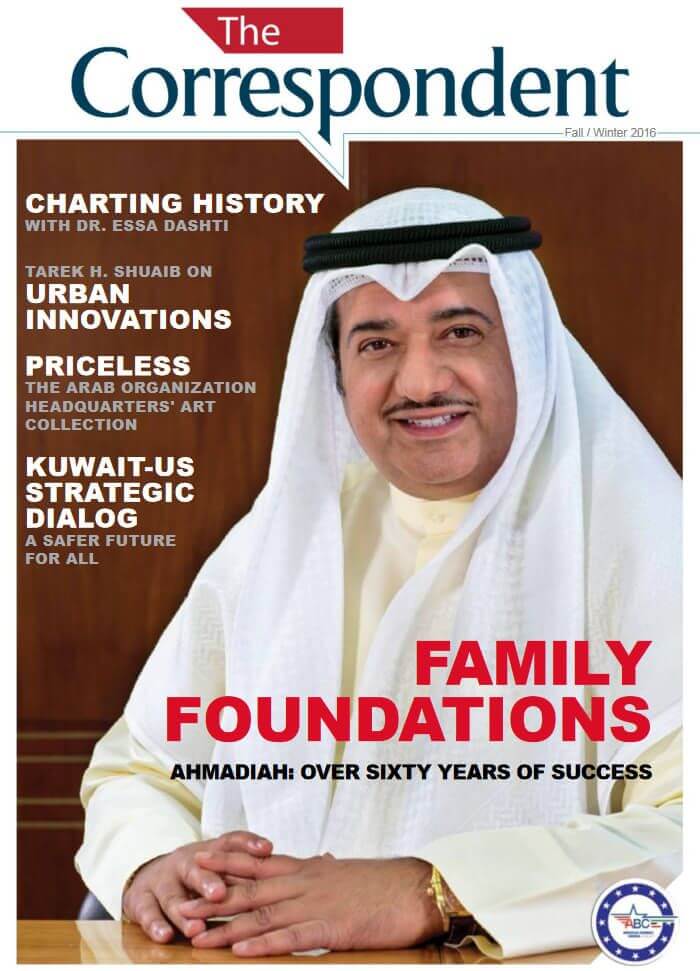About Kuwait - General Information
Geography
Kuwait is situated in the northeastern corner of the Arabian Peninsula and at the head of the Gulf. (Latitude 29 and 30 North Longitude47 and 48 East). It is bound by Iraq to the north and west, Saudi Arabia to the south and the Gulf separates it to the east from Iran. Its territory includes the mainland and nine offshore islands, including Failaka and Bubiyan. Kuwait is almost entirely a flat desert. It has a coastline of about 250 kms.
Population
As of April 30, 2014, Kuwait’s total population was 4.019 million, comprising 1.254 million Kuwaitis (31.2%) and 2.165 million expatriates (68.2%); Indian community numbered 753,615, constituting the largest expatriate population in Kuwait (including 358954 Indians in private sector – visa 18 – and 272,692 Indians in the domestic sector – visa 20.
Language and Religion
The official language of the State of Kuwait is Arabic. Islam is the main religion of the State of Kuwait.
Climate
The climate is not suitable for agriculture and Kuwait depends on food imports. Almost all potable water is either desalinated or imported. Climatic condition is: December to February – cold and sometimes windy with occasional rainfall; March to April – cool and pleasant; May to September – intensely hot and dry summer; October to November – cool and pleasant.
History of Kuwait
State of Kuwait was referred to by the name Qurain in the early seventeenth century. The names of ‘Qurain’ or Kuwait are derived from the Arabic words Qarn and Kout. Qam is a high hill and Kout is a fortress adjacent to water.
The civilized presence of Kuwait dates to more than 4000 years according to the archeological discoveries available in the area. This is due to the unique geographical location of Kuwait, which enabled it to become a land and sea connecting link among the old parts of the world.
Failaka Island with all its wells and fresh water constituted an anchorage area for trade ships connecting the ports located at the gulf cape and the remaining southern parts, in their way towards Oman, Indian and Northern Africa.
Over the centuries, this area was known as Kadhima. Its port which carried the same name was located at the western south part Jon Kuwait. Kadhima was a station for caravans coming from Persia and the land of two rives, in their ways to east and middle of the Arab Island. For a long period, it remained the trade link among the Pacific Ocean, Sham countries and Europe; this, it was a trade center and one of the longest and most important trade roads in the old world.
At the beginning of the 17th century, a group of families and tribes came to this area from Najd. Thanks to their sharp insight, they realized the importance and spatial privileges of this location. They started to renovate Kadhima whose position as badly affected. The civilized center was located at the southern coast of Jon where they established the State of Kuwait in 1913.
Utob considered not only from one tribe; yet, it is originally a group families cooperated together. Sabah, Khalifa and Jalahma families were the most significant among others. They were called “Utob” due to their frequent travelling. They moved from their origin country in Hadar, Aflaj province, at the southern of Najd, to Ehsaa, Qatar, then to Kuwait.
The historical documents and evidence indicate that the first movement of Utob to Kuwait was at the beginning of the second decade of the 17th century. That is supported by the statement of Sheikh Mubarak Al-Sabah, the ruler of Kuwait, in his letter dated March 11, 1913 to the British commissioner at Abu Saher, stating that: “Kuwait was a deserted land, inhabited by our grandfather; Sabah in 1022 AH, i.e. 1612 AD…”. The tribes inhabiting Kuwait transformed to a civilized society. The British Archive documents indicate that Sabah family was ruling the area in 1716 AD.
Sheikh Sabah bin Jaber, nominated as “Sabah Al-Awwal” was chosen by the inhabitants as Governer in 1756. As time passed, Kuwait benefited from its location overlooking the head of the Arabian Gulf and thrived through trade, fishing and pearl fishery. It became one of the most prosperous countries in the region.
The discovery of oil in 1938 in Kuwait led to its transformation. The development in Kuwati since then goes beyond the urban development of impressive architectural buildings, roads and new townships.
Kuwait’s independence:
The independence of the State of Kuwait became effective on June 19, 1961, under the leadership of His Highness Sheikh Abdullah Al-Salem Al-Sabah, the then Amir of Kuwait.
State of Kuwait after its independence received membership in the League of Arab States, UN Security Council and other international organizations of the United Nations such as WHO, the World Food and Agriculture Organization (FAO), UNESCO, the World Bank, and the International Labour Organization, etc.
Invasion by Iraq:
Kuwait has gone through a grim phase due to the gruesome and malicious cruel aggression by Iraq when the latter invaded Kuwait on August 2, 1990. This was an unforgettable event of the recent history of Kuwait. The seven month invasion propelled by Saddam Hussein of Iraq brutalized the entire population of Kuwait. The United Nations condemned the invasion and authorized the use of force to expel Iraqi forces from Kuwait. The US led by President George Bush, created and Arabic-Western coalition of 35 countries which freed Kuwait on February 26, 1991.
System of Government
Kuwait is a fully independent Arab State with a democratic style of government and has a written constitution which states that sovereignty resides in the people. The constitution guarantees fundamental rights and freedoms, some of which are regulated by law.
The Head of State
The Amir is the head of State. He must be a male descendant of Sheikh Mubarak Al Sabah. The Crown Prince, who will be the successor of the Amir, is chosen by the Amir himself but his choice must be approved by the National Assembly. If approval is given, the Amir nominates three descendants of Sheikh Mubarak from whom the Assembly chooses the Crown Prince. When an Amir dies, the Crown Prince automatically becomes the new Amir who takes oath in front of the National Assembly.
The Legislative Process
The legislative power is vested both in the Amir and the National Assembly and either have the power to propose laws. To become the law, a bill must usually be passed by the Assembly and sanctioned or ratified by the Amir. The Amir then promulgates the law, i.e., proclaims it publicly. A new law is published in Al Kuwait Al Youm, the official gazette, within two weeks of being promulgated and it usually comes into force one month later.
When the National Assembly is not in session or is dissolved, the Amir may issue laws by decree. Detailed regulations under specific laws are often made by Amiri Decree or by ministerial resolution where a particular law allows this.
The National Assembly
Kuwait takes pride in participatory model of governance. Throughout its history, Kuwait’s subsequent rulers or (Sheikhs) actively engaged citizens in public affairs. As such, consultation and public consent are key pillars of Kuwait’s political history.
The Kuwaiti people were the first GCC people to elect a legislative council in 1938. It is the people who, immediately after independence in 1961, worked for establishing the foundations of the institutional rule. This way, the tribal society was transferred to the State’s society with its integrated political regime consisting of three powers: legislative, executive and judiciary. Also, State of Kuwait is the first state in the Arabian Peninsula to have its own constitution and an elected national assembly.
The National Assembly was formed in 1962. That year, the then Amir of Kuwait Sheikh Abdullah Al Salim Al Sabah (1950-1965), institutionalized Kuwait’s long history of consultation and public participation through the formation of a founding assembly (Al Majlis Al Ta’sisi). The Constitution of Kuwait was enacted in 1962 and it remains in effect even today. The first election for the newly formed National Assembly was held in 1963.
Parliament Elections
Kuwait citizens elect fifty (50) Members of Parliament from five (5) electoral districts to the unicameral legislature. The top ten winners from each district are allocated a parliamentary seat. MPs serve for four year terms, unless the Amir calls for early elections. There is no limit on the amount of terms an MP may serve. Suffrage is extended to all Kuwaitis at the age of 21, with one vote per person. Kuwaiti women got their first chance to vote and run for parliament on June 29, 2006.
The Cabinet
The Cabinet is the executive authority in Kuwait. The Chairman of the council is the Prime Minister used to be generally the Crown Prince, appointed by the Amir, who is the head of the government. However, in July 2003 by an Amiri Decree the post of Prime Minister is delinked from the position of the Crown Prince to have a Prime Minister appointed by the Amir to shoulder the responsibilities. Members of the Cabinet are ex-officio members of the National Assembly. The 1962 Constitution limits the size of the cabinet to one-third that of the elected MPs and therefore the highest possible number of ministers is16, including the Prime Minister. The 1962 Constitution requires that at least one member of cabinet be an elected MP.
The Governorates
The State of Kuwait is divided into following six governorates:
- Capital Governorate
- Hawalli Governorate
- Mubarak Al-Kabeer Governorate
- Jahra Governorate
- Farwaniya Governorate
- Al-Ahmadi Governorate
Each Governorate is headed by a Governor, who is a representative of the Amir. The Governor is supported by a council for the Governorate to look after the social and security aspects.
The Municipality
Kuwait Municipality was established in 1930. There is only one Municipal Council for the entire state. The council has 16 members, of whom 6 members are appointed by the Amir and 10 are elected by the people of Kuwait.
The Law & Court System
The independence of the judiciary and the right of recourse to the courts for all persons is guaranteed in the constitution. Kuwaiti Courts have the power to decide all cases, including commercial disputes with the government. The courts system is divided into six main divisions: family, criminal, civil, commercial, leases and administrative. There are three levels of tribunal: The Court of First Instance, The Higher Court of Appeal and The Court of Cassation.
The Economy
Kuwait is a small, rich, relatively open economy with estimated crude oil reserves of about 102 billion barrels or 8-10% of the world reserves. It is estimated that the oil reserves of Kuwait with the current production rate nearly half of GDP, 95% of export revenues, and 80% of Government income. The non-oil revenues contribution to GDP remains in single digit in terms of percentage.
Like











Be the first to post a comment!